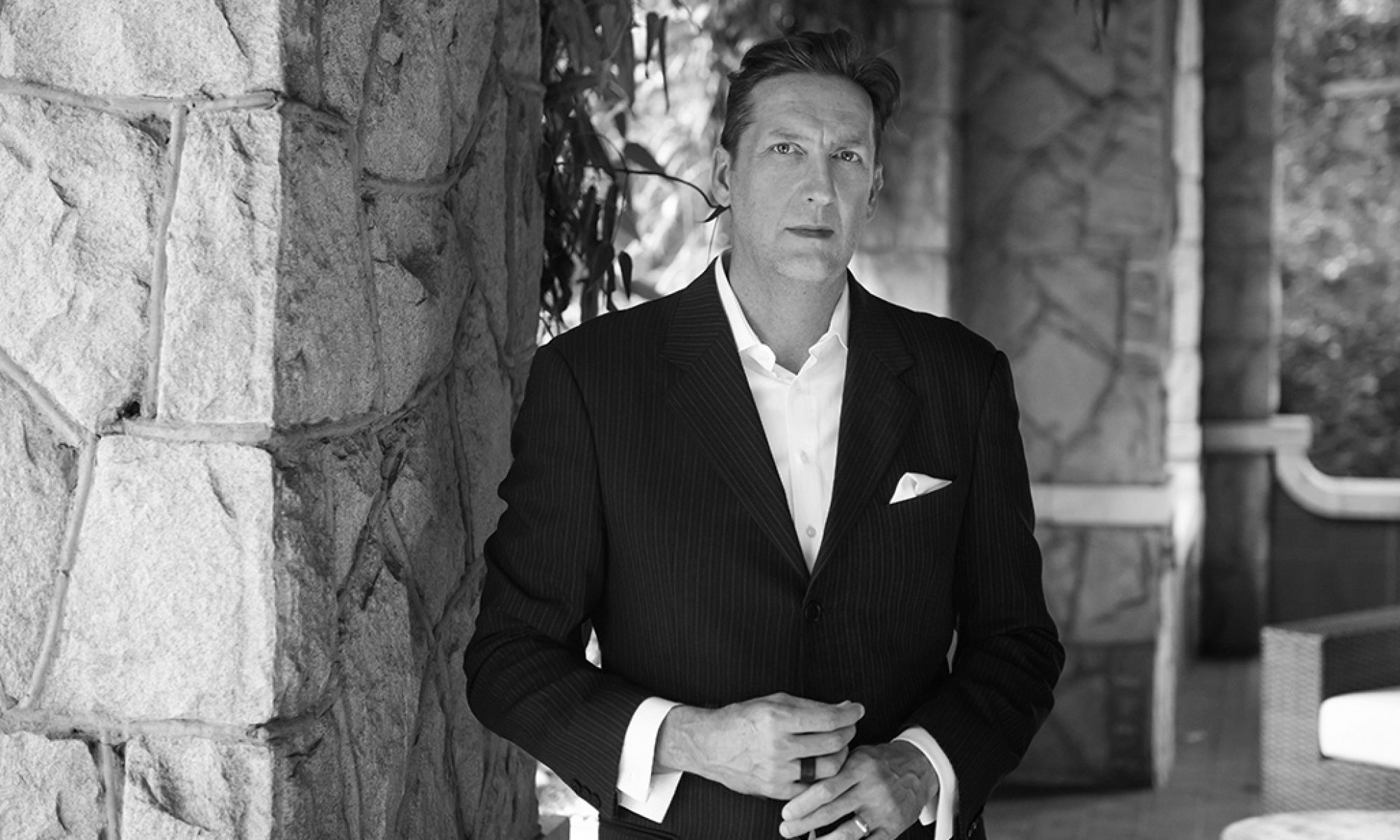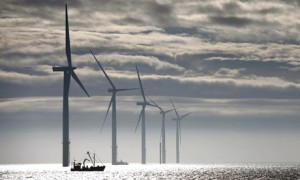As a spectral wavelength whose connotations reflect both hope and envy, and also youth, calm and sickness, green is the word for everything that ails us as well as a kind of catch-all for the cure.
But the abstracted semantic debate is only so interesting without any stringent technical guidelines to introduce tension between our wayward intents and limited amounts of energy and materiel. Not to worry, though; enter the American Chemical Society.
The Twelve Principles of Green Engineering
- Inherent Rather Than Circumstantial
Designers need to strive to ensure that all materials and energy inputs and outputs are as inherently nonhazardous as possible.- Prevention Instead of Treatment
It is better to prevent waste than to treat or clean up waste after it is formed.- Design for Separation
Separation and purification operations should be designed to minimize energy consumption and materials use.- Maximize Efficiency
Products, processes, and systems should be designed to maximize mass, energy, space, and time efficiency.- Output-Pulled Versus Input-Pushed
Products, processes, and systems should be “output pulled” rather than “input pushed” through the use of energy and materials.- Conserve Complexity
Embedded entropy and complexity must be viewed as an investment when making design choices on recycle, reuse, or beneficial disposition.- Durability Rather Than Immortality
Targeted durability, not immortality, should be a design goal.- Meet Need, Minimize Excess
Design for unnecessary capacity or capability (e.g., “one size fits all”) solutions should be considered a design flaw.- Minimize Material Diversity
Material diversity in multi-component products should be minimized to promote disassembly and value retention.- Integrate Material and Energy Flows
Design of products, processes, and systems must include integration and interconnectivity with available energy and materials flows.- Design for Commercial “Afterlife”
Products, processes, and systems should be designed for performance in a commercial “afterlife.”- Renewable Rather Than Depleting
Material and energy inputs should be renewable rather than depleting.
They’re not the twelve Apostles, but neither will they fit on a license plate. Bumper stickers, however, would be an entirely different story.

